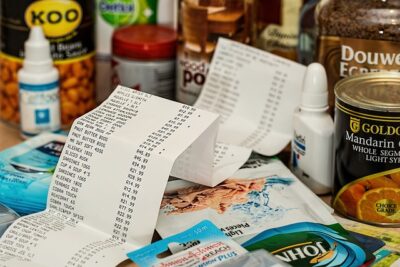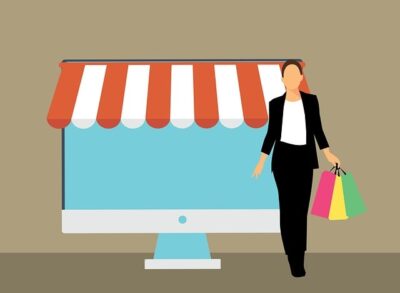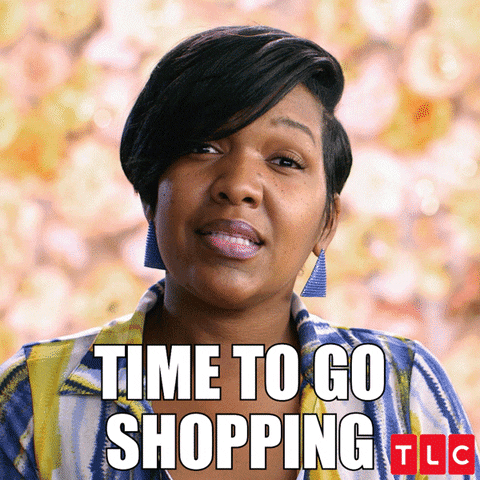



Hey there, fellow shopper! Is your love for shopping a bit excessive? Do you have a habit of buying things in the spur of the moment, even if you don’t really need them? Hey, we’re not here to judge ya, but let’s put the brakes on this wild shopping spree and find out if you’re a shopaholic!
We are here to help you discover if you have a compulsion. Fret not – we’re not trying to diagnose you. It’s just a way to see if your love for shopping is harmless or a cause for concern. Let’s dig in!
In a casual sense, a shopaholic is just a person who enjoys shopping. It’s not just about buying things, but the whole experience of browsing, looking for deals, and the satisfaction of finding that perfect item.
Now, where’s the catch? Compulsive shopping might seem harmless and even socially acceptable. it’s not harmless. It will affect your life before you realize it. Shopping addiction is no joke. It’s recognized as a legitimate condition. The name of it is compulsive buying disorder.
Are you addicted to the Blue Website?
How do you spot the signs of a shopping compulsion in yourself? If you find yourself struggling, consider the following list of symptoms:
Psychiatrist Donald W. Black identified four phases the person with that condition goes through. Let’s break them down.
In the first phase – anticipation – you start having thoughts and urges to buy something or just about shopping in general. These thoughts become overwhelming and take up a lot of your mental space.
The second stage is preparation. You start planning your shopping, researching what to buy, where to go, and even which of your credit cards to use. It can be an extensive process.
After that comes the third stage. It’s the pièce de resistance. The shopping. It might feel intense, thrilling, and even sexual for some people.
The final phase is spending, where you make your purchase, and the act is completed. What follows is often a sense of discontent. You put so much of yourself into it, and now it’s over. The excitement disappears, and disappointment appears.
There you have it – the four stages of CBD. Does it ring any bells?
Has the TikTok algorithm sucked you in for good?
We don’t know the exact cause of compulsive buying disorder, but we know what things could play a role.
Shopping addiction often goes hand in hand with other mental health conditions. It includes anxiety, depression, personality disorders, or addiction to drugs or alcohol.
Certain personality traits tend to be prevalent in people with CBD. They’re kind, rarely rude, and easily influenced. They tend to not think too highly of themselves. They might struggle with feeling isolated, and shopping gives them a sense of connection to the world.
On the other side of the spectrum are people who use their addiction to satisfy their materialism. They want to impress others with flashy items, expensive gadgets, or fancy clothes. They have poor impulse control, too. Buying things boosts their ego and makes them feel confident – even if just for a wink.
You might’ve heard of “retail therapy.” Many people turn to shopping to cope with stress and painful emotions. It feels satisfying at the moment but doesn’t solve anything, and even makes matters worse.
If you struggle with shopping addiction, remember there’s hope. Treatment choices include individual or group therapy, financial counseling, or medication. For example, behavioral therapy could help you recognize negative behavior patterns and replace them with healthier ones. With the correct treatment, beating addiction and living a balanced life is within your reach.